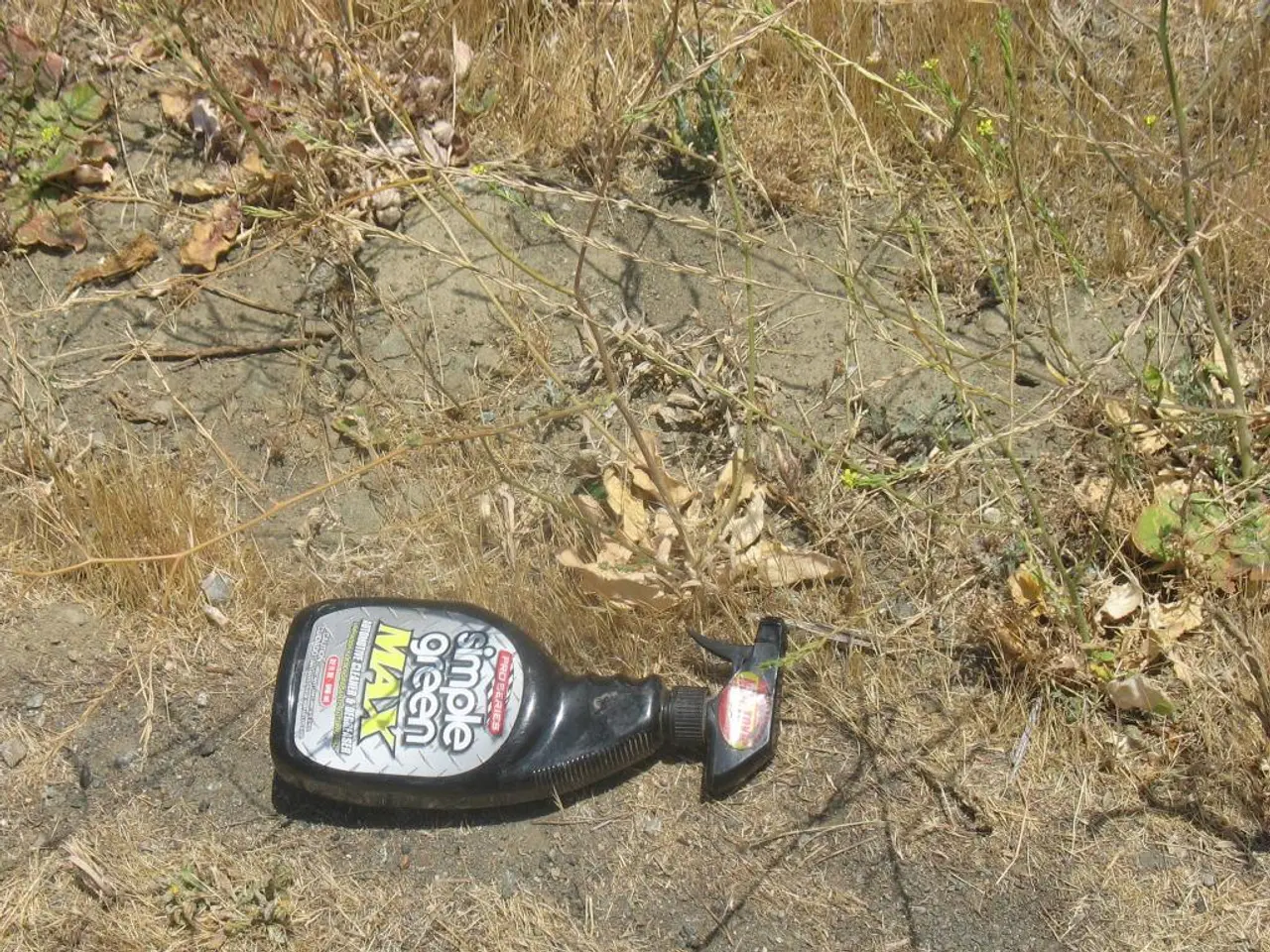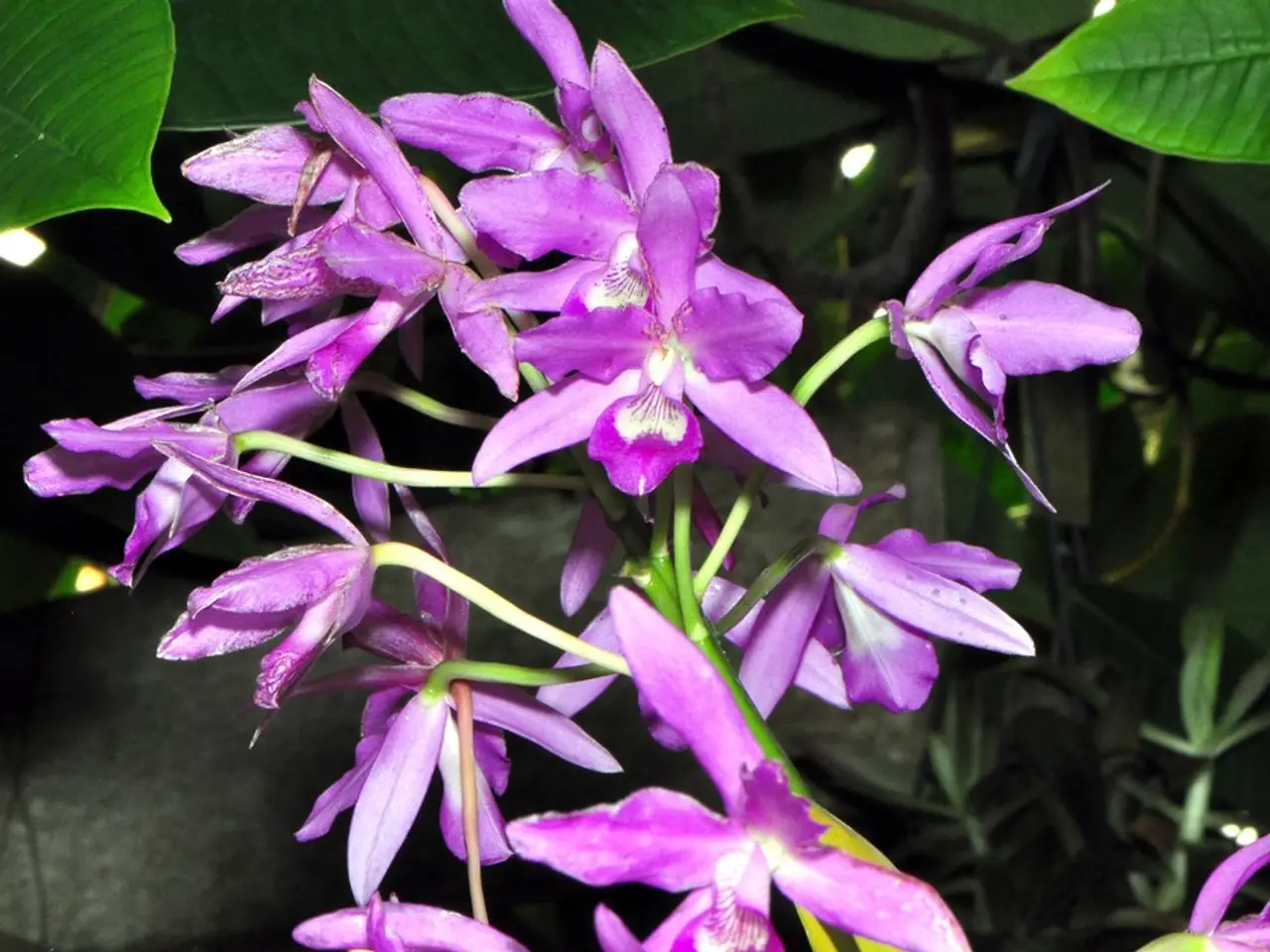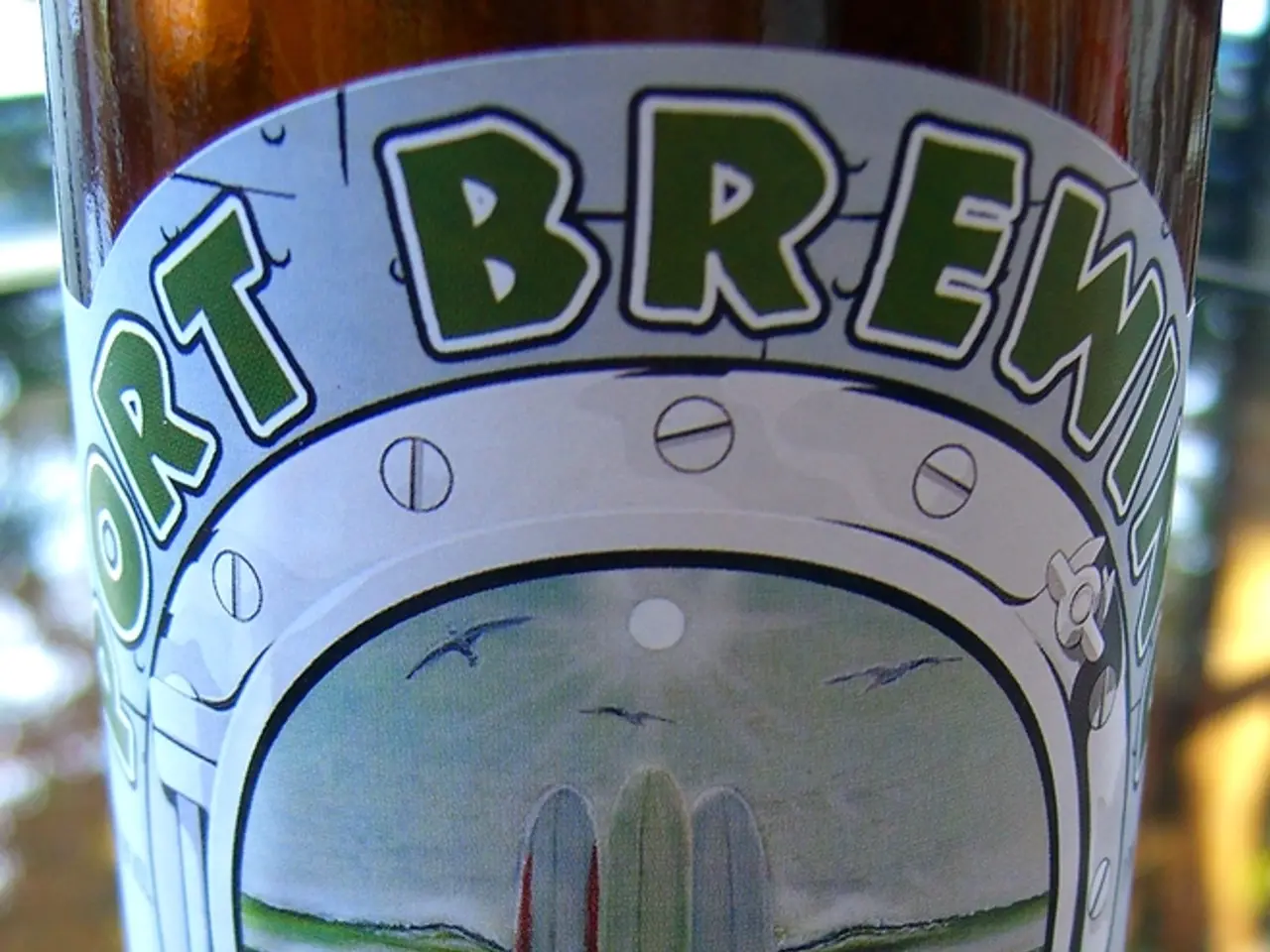Soil Compacting: Is It Necessary or Unnecessary?
Packing soil for planting is a crucial step in ensuring the health and stability of your plants. The goal is to achieve a moderate soil firmness that provides both good drainage and aeration, while maintaining plant stability.
Soil that is too firm can restrict drainage and aeration, hindering root growth and water infiltration. On the other hand, soil that is too loose may result in poor root contact and plant instability.
When packing soil, it's essential to avoid excessive compaction that compresses soil particles tightly, reducing porosity and increasing density. This inhibits root growth and water infiltration.
The ideal soil packing technique is to work and pack the soil when it is moist but not wet or saturated. Wet soils are prone to compaction that damages structure and drainage. Use firm but gentle pressure to settle the soil around roots, removing large air pockets, but do not overcompress. The soil should be stable but not hard or brick-like.
In agriculture, heavy machinery can compact soil when pressure is concentrated on small areas. To reduce harmful compaction, spread the weight over larger surface areas (lower tire pressure or tracks).
For container planting, the soil should absorb water quickly, indicating good drainage. Avoiding overly dense or poorly drained soil is crucial.
In practical terms for small-scale planting, firm planting soil can be achieved by lightly pressing it down with your hands or tamping gently. Apply enough pressure to stabilize plants but maintain a crumbly texture. Avoid stepping or packing soil forcefully enough to cause hardness or water pooling.
If available, a penetrometer can measure soil resistance. An ideal range for root growth is typically soft to moderately firm rather than hard.
Adding organic matter to the soil improves drainage and aeration. When repotting a plant, add soil gradually and pack gently around the roots.
Good drainage and aeration are essential for plants to survive and thrive. An over-packed pot will feel dense and heavy, and water will drain slowly. Soil in the planting area should be loose and easy to work with. Soil that is too compacted will not allow water to penetrate or provide oxygen to the roots.
Soil taken from the garden should not be used for potting plants, as it will compact tightly with each watering and drying cycle. Squeezing a ball of soil to test if it is too compacted: if it forms a tight ball and resists crumbling, it is too compacted.
Digging holes and adding organic matter to the soil can help loosen it before planting. Soil in pots or containers should be a lightweight mixture to ensure good aeration. The soil should be gently packed when transplanting to maintain aeration and drainage.
In summary, achieving moderate soil firmness is key to ensuring good drainage, aeration, and plant stability. Avoid the common problem of soil compaction resulting from too much pressure or working soil when too wet. By following these guidelines, you'll be well on your way to nurturing healthy and thriving plants.
Maintaining a crumbly texture when packing soil for container planting is essential to prevent excessive compaction that could inhibit root growth and water infiltration, similar to the negative effects on plants caused by heavy machinery in agriculture. To ensure good home-and-garden lifestyle practices, always pack soil gently and avoid stepping or forcing it to become hard or brick-like, promoting good drainage and aeration, crucial factors for a home-gardening lifestyle.




